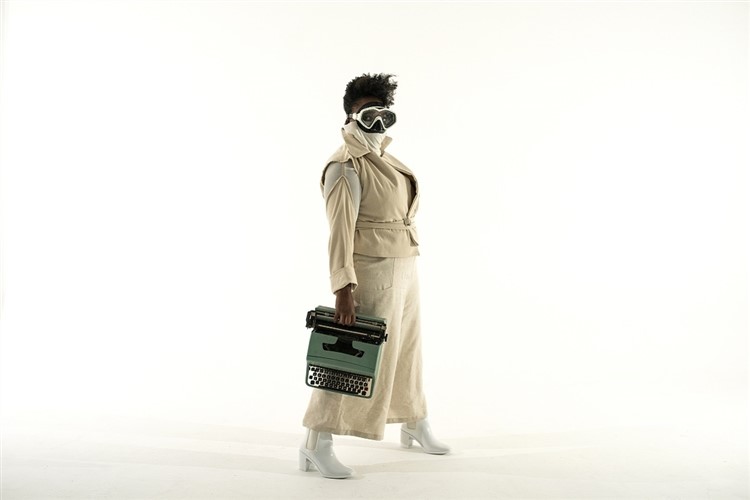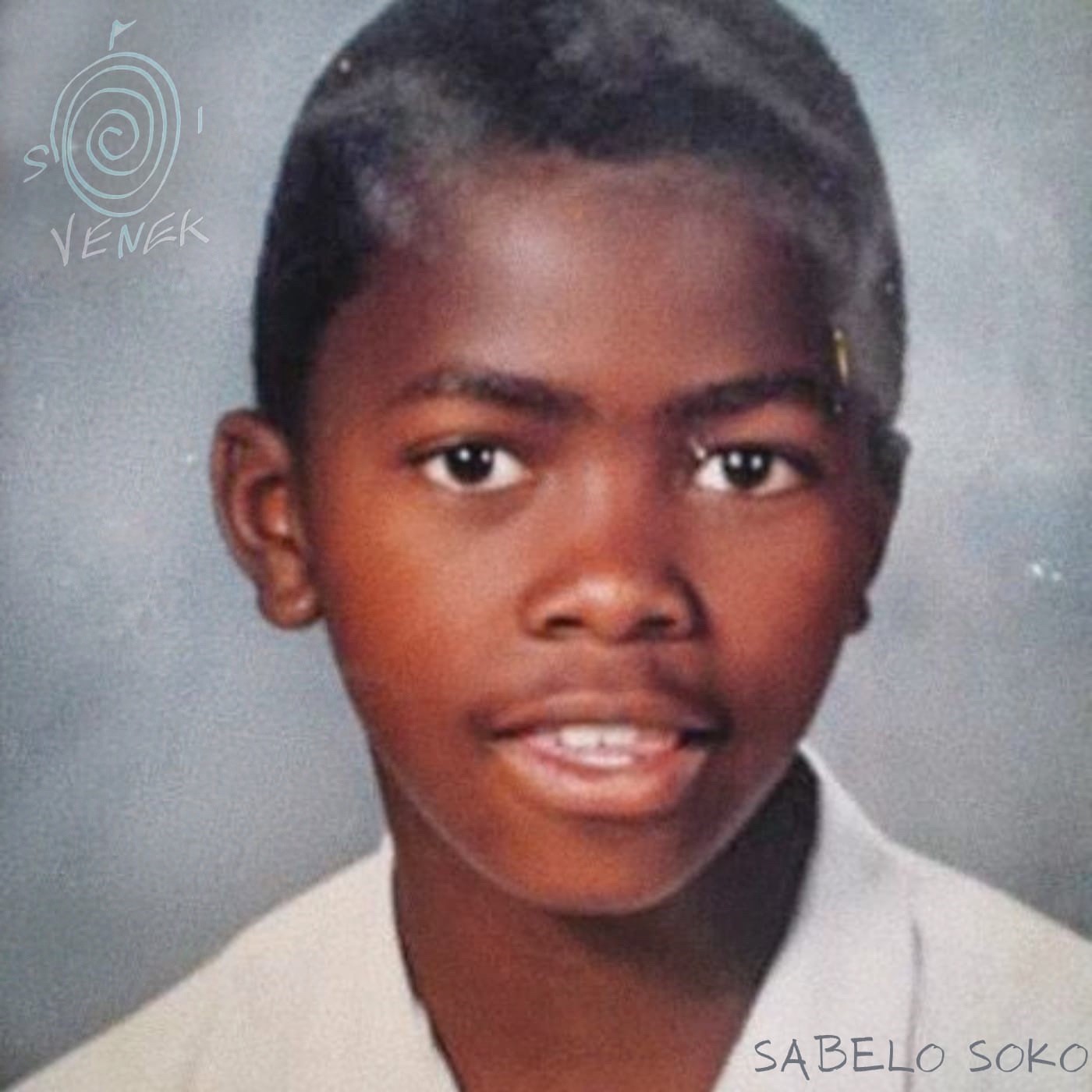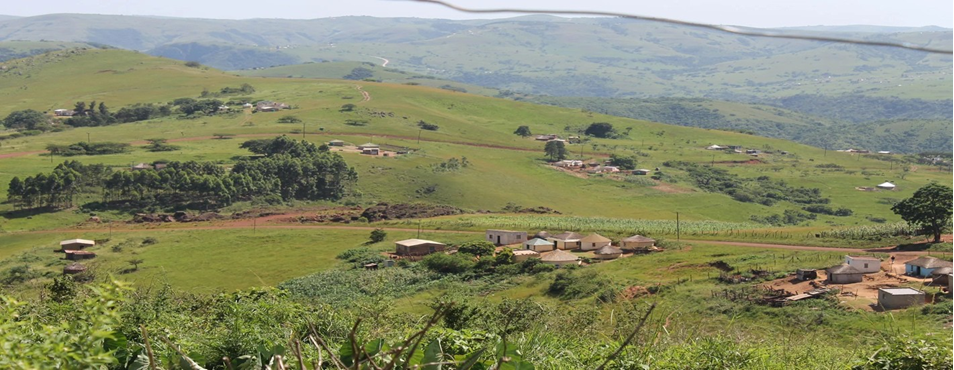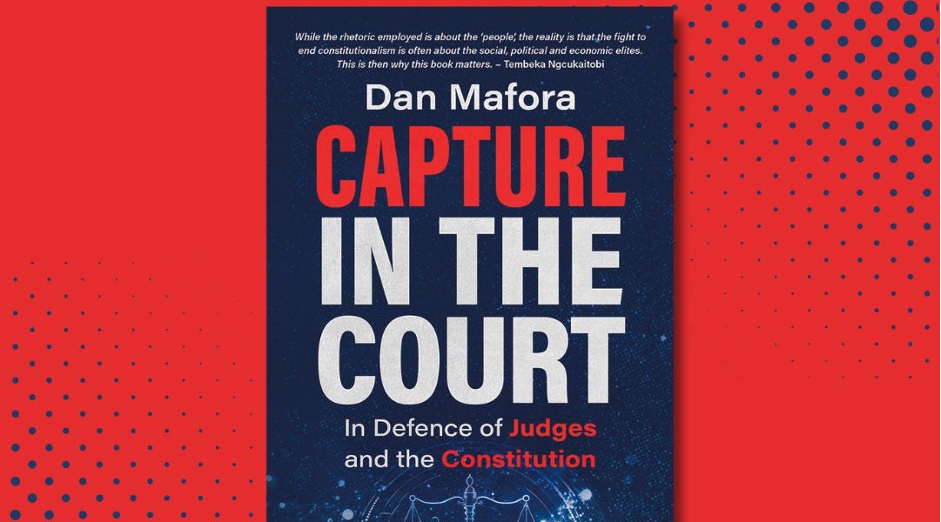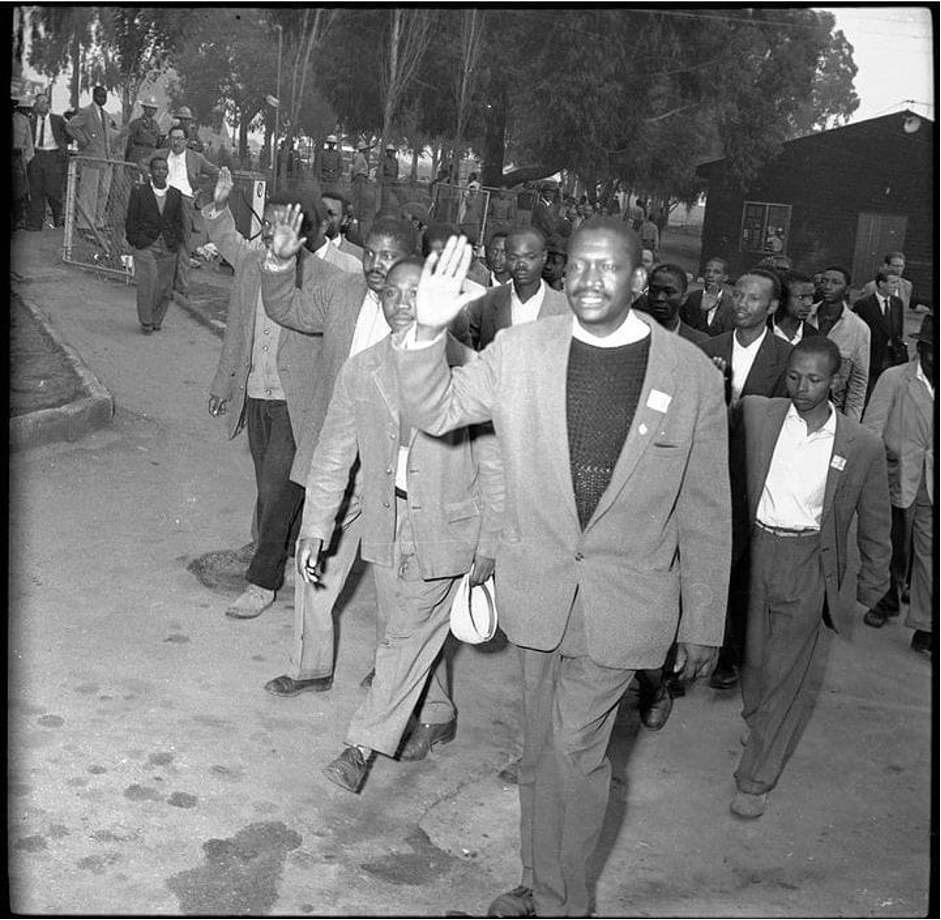Set in the early twentieth century, The Land Is Ours: Black Lawyers and the Birth of Constitutionalism in South Africa examines what role the first black lawyers in South Africa played in liberating the oppressed natives under the colonial era in South Africa. Being a part of a niche of black intellectuals at the time, they had to represent their clients with a most zealous defence against an unjust system with unjust laws. It both celebrates the achievements of the lawyers (Henry Sylvester Williams, Alfred Mangena, Richard Msimang, Pixley ka Isaka Seme, George Dick Montsioa, Ngcubu Poswayo) as well as acts as a history book of the different transitions and wars the South Africa as we know it went through to get to this point.
The book is unique in that it first highlights the manner in which land was stripped from the South African natives. Also showcasing the frontier wars of the Xhosa tribe against the British. It then transcends to the second tier where the individual lives of the first black lawyers is explored. From early childhood to higher education and finally to the times in which they practised law in South Africa. The third tier finally offers some resolution as to how constitutionalism may be used in redistributing land back to the natives.
The Struggle
It is worth noting that the African National Congress (ANC), then known as the South African Native National Congress was itself founded by the first black lawyers in 1912. The lawyers were thus political activists as well as legal practitioners. The ‘struggle’ at the time was non-violent. This is seen by how for many cases dealing with the oppression or arbitrary victimization the lawyers would send petitions to Britain in the hopes that the Transvaal government would be reprimanded. One must understand that at the time, South Africa was a British protectorate. Thus, the struggle for liberation was more of an academic one.
It is on that accord no surprise that democracy was only achieved nearly a century later. Drawing from the writings of Fanon, where he criticizes the ‘black elites’ form of protest, expressing that in achieving liberation no compromise can be had. In his book, The Wretched of the Earth he further expresses that violence is necessary and the only way of decolonizing Africa. Upon inspection of this particular book, he would undeniably conclude that the efforts of the first black lawyers, although honourable, were in vain. Their individual brilliance cannot be looked over. It must have certainly not have been an easy feat winning cases in an era of unjust laws. Even so, when looking at the bigger picture, the small victories are akin to a drop of water in the ocean of equality. It is perhaps even more defeatist that even in today’s society there is a large amount of inequality with material conditions. This does paint a picture that our democracy is but a wave in the ocean of equality.
The irony of the SANNC in its formative years is that its mission was to achieve liberation for the oppressed people as well as to guarantee equal opportunities, however, women were not permitted to join the congress. Of course, as time went by and through the influence of the likes of Charlotte Maxeke and Dr Xuma women were eventually included in the congress. Further investigation of this phenomenon should however be conducted. The first logical step in doing this is stating that the members at the time were sexist. The more important step to take is to ascertain why exactly were the members sexist. Were they sexist because it was simply the fashion at the time? Were they as black men sexist, because having been suppressed by the white world they needed a demographic to suppress themselves? The latter seems most plausible. It is after all basic psychology that ‘hurt people hurt people’.
Even with primary school bullies, oftentimes you will find that they too are victims of some kind of violence at home. For the black man at that time facing inequality and having his dignity and sense of self stricken away from him at every turn by, the carrying of passes and having to work in the cities for an unfair pay because of stolen land. He, as Steve Biko puts it, is a shell of his former self. Left with these feelings of inadequacy he responds by finding someone he too can topple over, in the case of the earlier members of the congress the demographic becomes the black woman. What is perhaps curious in the case of the SANNC members is that many of them were ‘intellectuals’ and were therefore already at a higher pedestal than the ordinary native. Still however, even they felt the need to assert their dominance and superiority over women.
The ‘Civilized’ Black:
Upon closer inspection of the book, one finds that the black intellectuals had a superiority complex over one’s fellow natives. The opinion of the day was that the ‘educated’ black has the duty of ‘civilising’ the uneducated black. The impact of this way of thinking is seen when considering that ‘civilization’ at that time was assimilation to the white man’s world.
The burden of blame should not solely rest on the lawyers in their individual capacity, as this need of assimilation was and, in many ways, still is a systemic issue. One can draw this conclusion from looking at South Africa as a case study. The natives pride themselves in the diversity of the different cultures and languages at every opportunity provided. It is, however, curious that as ‘diverse’ as the country is, the colonizer’s language (English), is the most widely accepted medium of instruction throughout the country. Whether it be in business, education or even governmental institutions and documents. That goes to show that the white man’s ways are still of the utmost importance and even worse are the most correct form of ‘civilisation’.
This goes beyond language; however, many European practices have been adopted and are now deemed as the most natural way of life even in African cultures in South Africa. An example of this is the ‘white wedding’. Originating from Victorian times in Europe it is now generally accepted as the first tier or procession of wedding celebrations in many African cultures. In South Africa it is generally practised that the ‘white wedding’ acts as the wedding for the bride’s side of the family. Followed by the traditional one being for the groom’s side of the family. This might seem like a natural marrying of global traditions, however considering the history South Africa has with Europe one is left to conclude that seemingly even today the white way of doing things is ‘always right’ in the mind of the natives.
After reading the book, one makes note that most of the black lawyers were educated as barristers in the United Kingdom. They learnt not only the law, but also the English way and would undoubtedly have been reminded regularly that the colonizers' ways were more dignified and ‘civilised’. It is therefore not shocking that upon achieving this education and being put in a significantly higher pedestal to that of the laymen native when arriving in their country of birth, the superiority complex would develop. The book is written in a very neutral style, presumably allowing the reader space to come to their own conclusions. Considering the current political climate and identity politics amongst natives the book should have been explicit about the dangers or at the very least the cons of assimilation into the white way of life and discarding the African experience.
Takeaway
The book is truly well written and insightful on many different issues. It offers a fair historical account of South Africa’s racial history in a manner that is not whitesplained or mansplained. Instead, it lays all the facts bare and leaves the reader with the space to examine them and come to their own conclusion. As a reference of history, the book is very useful in that manner.
Due to the neutral tone the author takes on, it unfortunately offers very little critical engagement and questioning of the subject matter it deals with. It merely recites different events owing to the different forms of oppression at that time. It does not show how those different forms of oppression are inextricably linked. For example, the black male lawyers in the congress were sexist, because they suffered racial oppression as supported earlier in this text.
Furthermore, as insightful as it is, the insightfulness is more in the form of spreading general knowledge gems. The reader does not finish the book having learnt a new ideology or political system. Which must not have been the intentions of the author in any case as the style is more in appraisal of the first black lawyers themselves. Not necessarily a critic of the South Africa they were living in at that time.
It does however leave the reader to decide for themselves whether the oppressed can use the tools of the oppressor (in this case western education and the legal system) to achieve true liberation.





